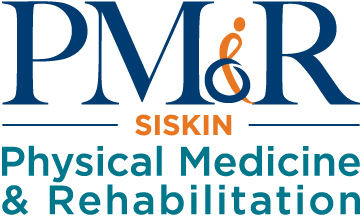Move more freely.
Spasticity
Spasticity causes certain muscles to involuntarily tense up or contract, leading to muscle tightness, stiffness and uncontrollable twitches or spasms. This is usually caused by damaged pathways in the brain or spinal cord. Spasticity may cause pain and prevent normal movement, thereby limiting activities. This can be extremely frustrating for those who live with these symptoms as well as their family members and caregivers. The good news is there are effective treatments available today that can help reduce or eliminate the symptoms associated with spasticity.
Conditions that can cause spasticity
- Stroke (including Aneurysm, Brain Bleeds, and Blood Clots)
- Brain or Head Trauma (Traumatic Brain Injury)
- Spinal Cord Injury
- Multiple Sclerosis (MS)
- Cerebral Palsy (Adult and Pediatric)
- Hereditary Spastic Paraplegia
- Primary Lateral Scierosis
Treatment
Spasticity may present itself as a generalized and/or a localized condition. In both cases, spasticity management may include physical therapy, occupational therapy, serial casting, bracing and a home exercise program.
Localized spasticity management may consist of targeted injections of botulinum toxin. When the individual muscle is injected with botulinum toxin, it relaxes. This treatment regimen generally lasts on average about 90 days. A patient undergoing injection therapy usually has four visits per year. The types of botulinum toxin that are commercially available are Botox®, DYSPORT®, Myobloc® or XEOMIN®.
Usually, first-line treatment for generalized spasticity includes oral medications. There are currently four FDA-approved oral medications for the treatment of spasticity. They are baclofen/Lioresal®, tizanidine/Zanaflex®, dantrolene/Dantrium® and diazepam/Valium®. The usefulness of these oral medications is often limited by side effects and inadequate improvement in severe spasticity. The most effective treatment option for severe, generalized spasticity is Intrathecal Baclofen (ITB) Therapy. This therapy consists of an implantable pump with a catheter that administers medication directly into the spinal fluid. Since the medication goes directly into the spinal fluid, effective concentrations of the drug may be achieved at a fraction of a typical oral dose. Learn more about ITB pump trials and implants through Siskin PM&R.
